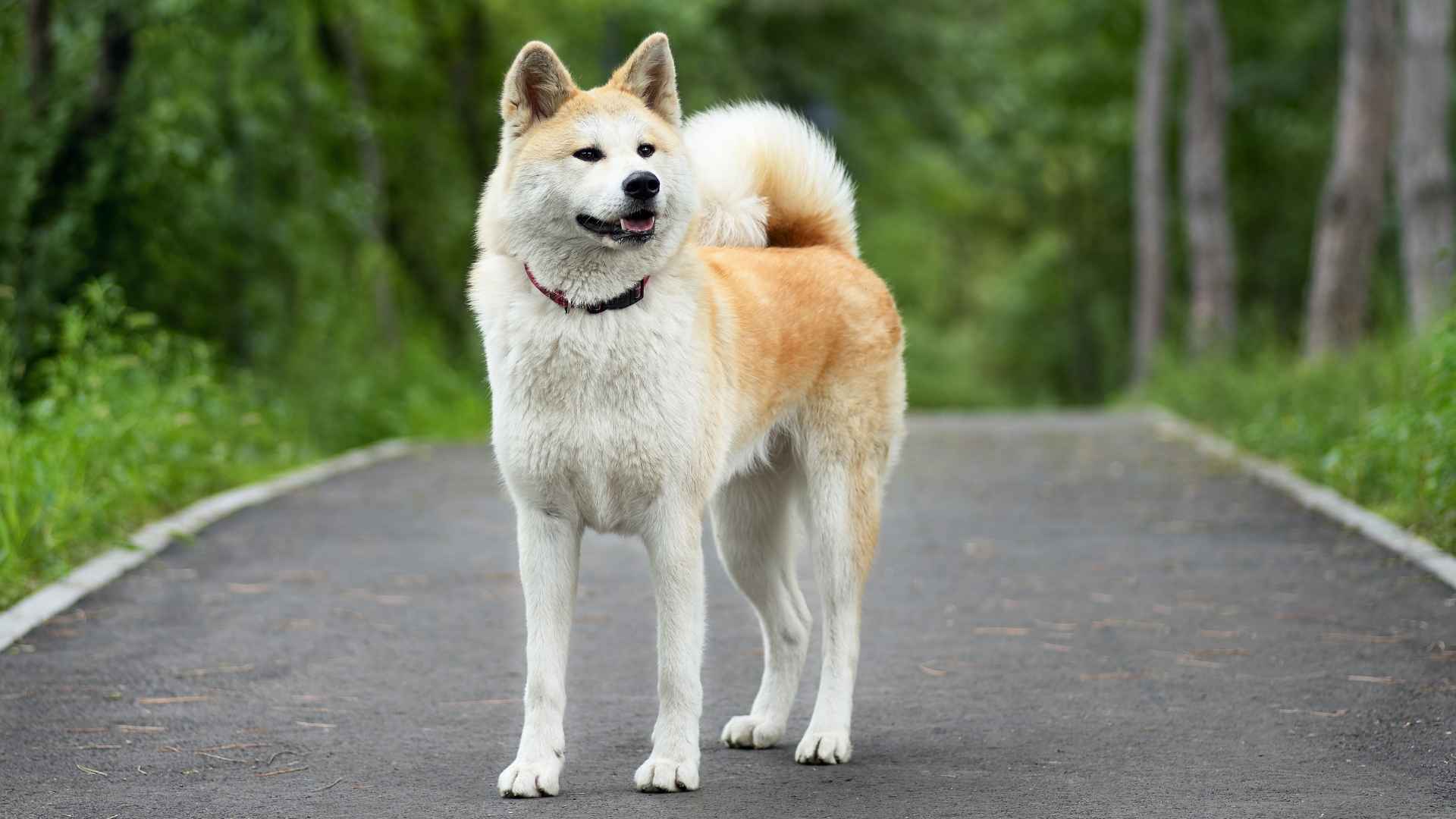Ever looked into your dog’s eyes and seen something a little… wild? That’s no coincidence. Some dogs still carry the primal look—and genes—of their wolf ancestors, and it’s captivating.
If you’ve ever been drawn to the spirit of the wild, these breeds closest to wolves are about as close as you can get to having a piece of the forest right in your living room.
Certain breeds haven’t strayed far from their roots. But don’t worry—these are not untamed beasts. They’re loyal, intelligent, and make incredible companions for the right owners who understand their unique needs.
We will explore the dog breeds closest to wolves, not just in looks, but in lineage. We’ll break down what makes these breeds special, how closely they’re genetically linked to wolves, and whether they’re the right fit for your lifestyle.
If you’re ready to unleash your inner wolf lover, you’re going to love what’s ahead.
Dog Breeds Closely Related To Wolves
1. Shiba Inu
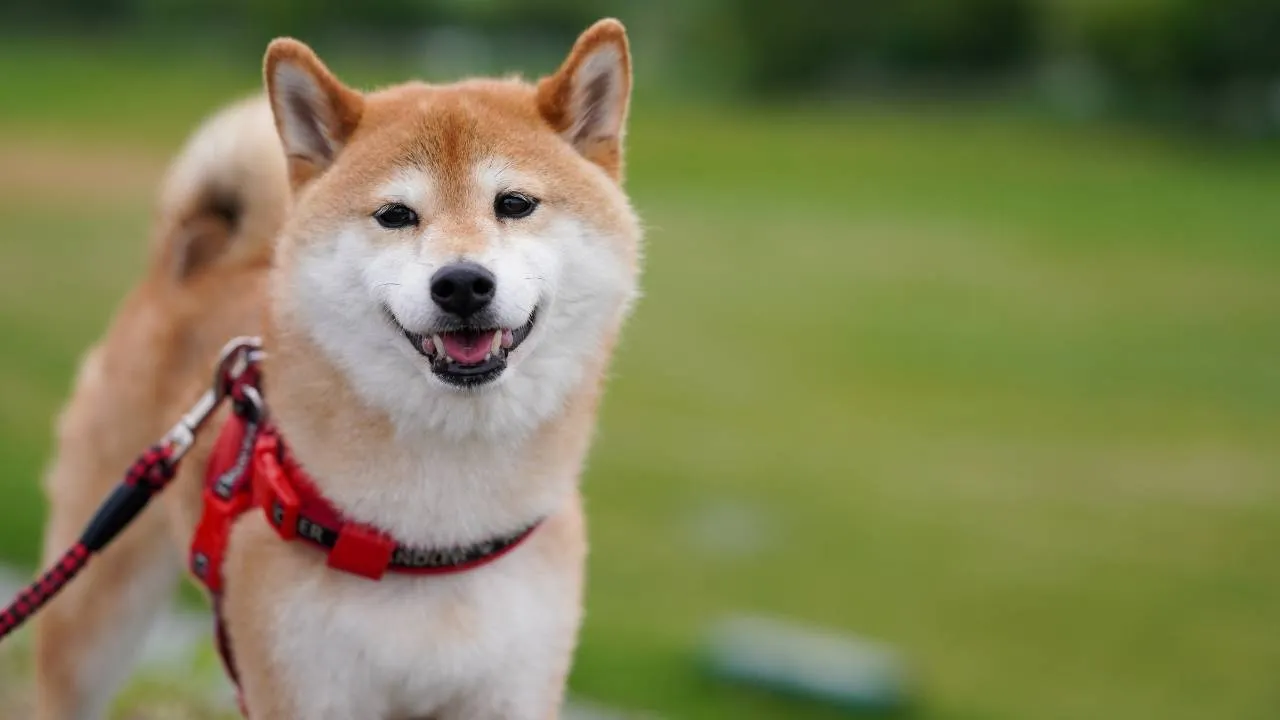
Don’t let their small size fool you—Shiba Inus pack a wolfish punch in personality and appearance. Their name means “small” in Japanese, but these dogs bring a big attitude wrapped in a compact, fox-faced package.
With that famously curled tail and sharp, alert eyes, they look like a tiny wild fox ready to dash off into the forest at any moment.
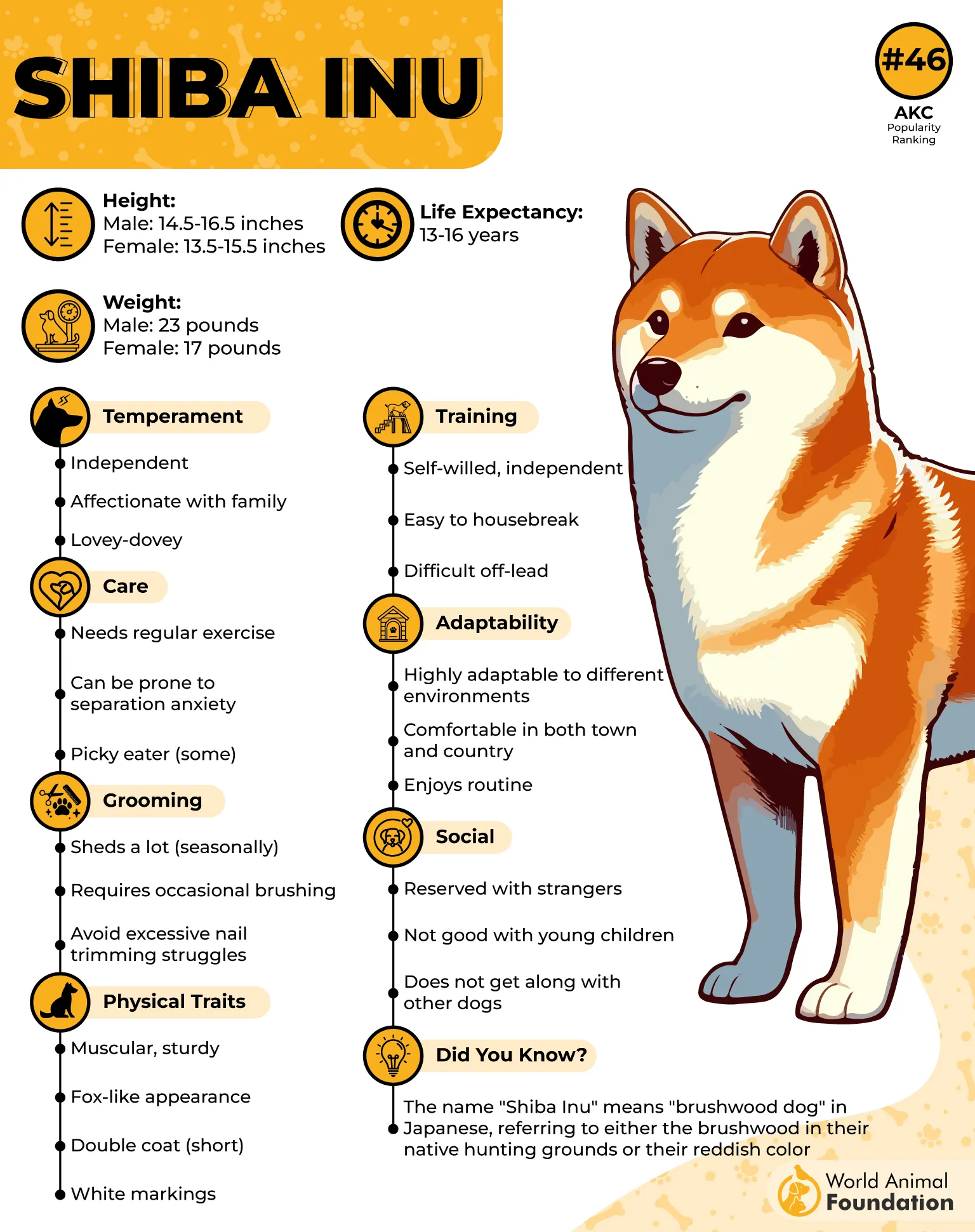
Shibas are agile, clever, and can be a bit stubborn—think of them as the feline of the dog world with a serious “don’t mess with me” vibe. They might be small, but their spirit is as fierce as any wolf’s howl.
Just be prepared: they’re independent, confident, and have a habit of doing their own thing—even if it means ignoring your commands… sometimes.
Exercise Needs: Shibas love to stay active, so daily walks and mental challenges keep them happy and healthy.
Training: Smart but independent, they require patience and consistency—bribery with treats helps, too!
Vibe: Small wolf in disguise, with a mischievous grin and an “I’m the boss here” attitude.
2. Akita Inu
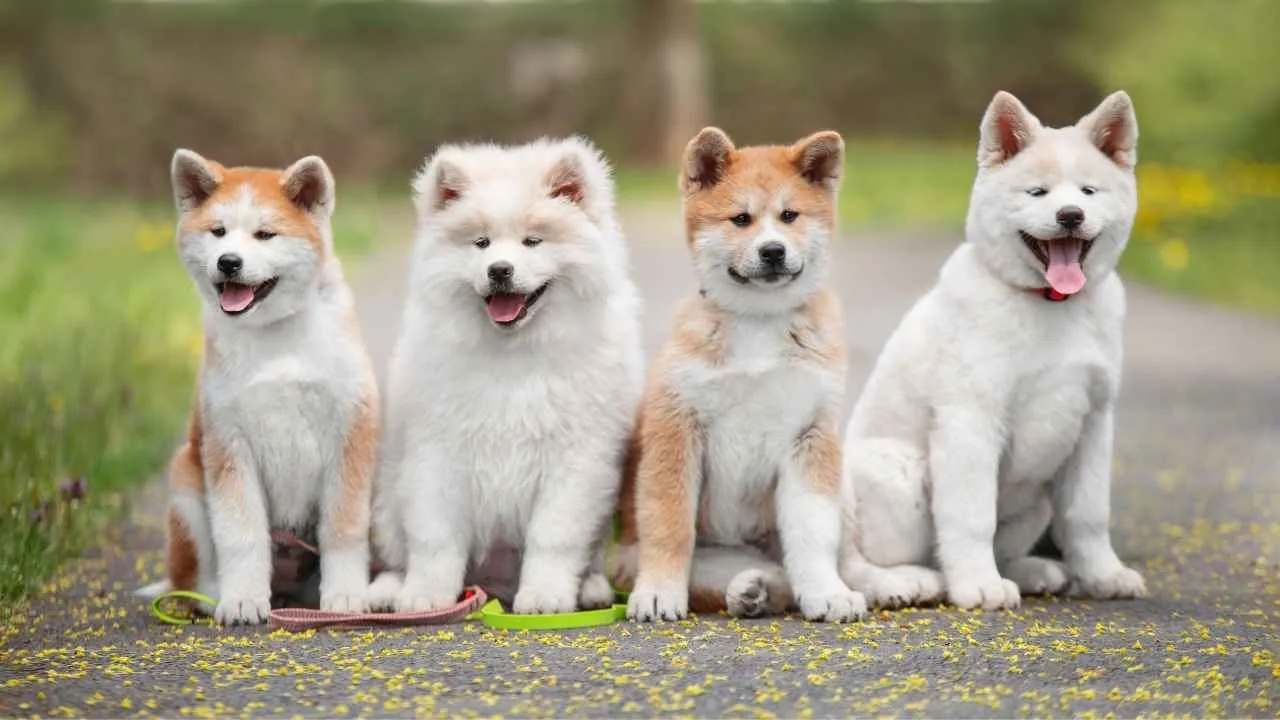
If the Shiba Inu is the cheeky fox, the Akita Inu is the stoic wolf in noble samurai armor. Originating from Japan’s mountainous regions, Akitas were bred for guarding and hunting, so they’ve retained that impressive, wolf-like presence.
This Japanese breed is notably smaller than the American Akita, weighing around 30 pounds less or more. Male Japanese Akitas typically stand 26 to 28 inches tall and weigh between 85 and 130 pounds, while females are 24 to 26 inches tall and weigh 70 to 110 pounds.
With their double-thick coat, bear-like face, and powerful build, they command respect (and a cozy, heated spot in your home).
These dogs are fiercely loyal, to the point where they’ll stand guard over their families like furry samurai protectors. Akita is a confident and strong-willed dog, naturally cautious around strangers. They are vigilant, smart, and brave.
But don’t let that serious demeanor fool you: Akitas have a surprisingly goofy side when they trust you. They love a good play session but also enjoy long naps by your side, preferably cuddled against a chilly draft that reminds them of their snowy heritage.
Exercise Needs: Akitas require a solid hour of daily activity—think brisk walks, hikes, or even a game of tug—to keep that wolfish energy in check.
Training: Intelligent yet independent, they need a confident, consistent handler. Positive reinforcement with patience and firm boundaries works best—bribery with tasty treats never hurts either.
The Akita isn’t suited for first-time dog owners, those seeking a lapdog, or anyone unwilling to take a leadership role. However, with proper research and consistent training, dedicated owners are rewarded with loyal, intelligent companion dogs.
Vibe: Regal guardian spirits with a dash of playful howl—you’ll feel safe, entertained, and occasionally bamboozled by their quiet confidence.
3. Alaskan Malamute
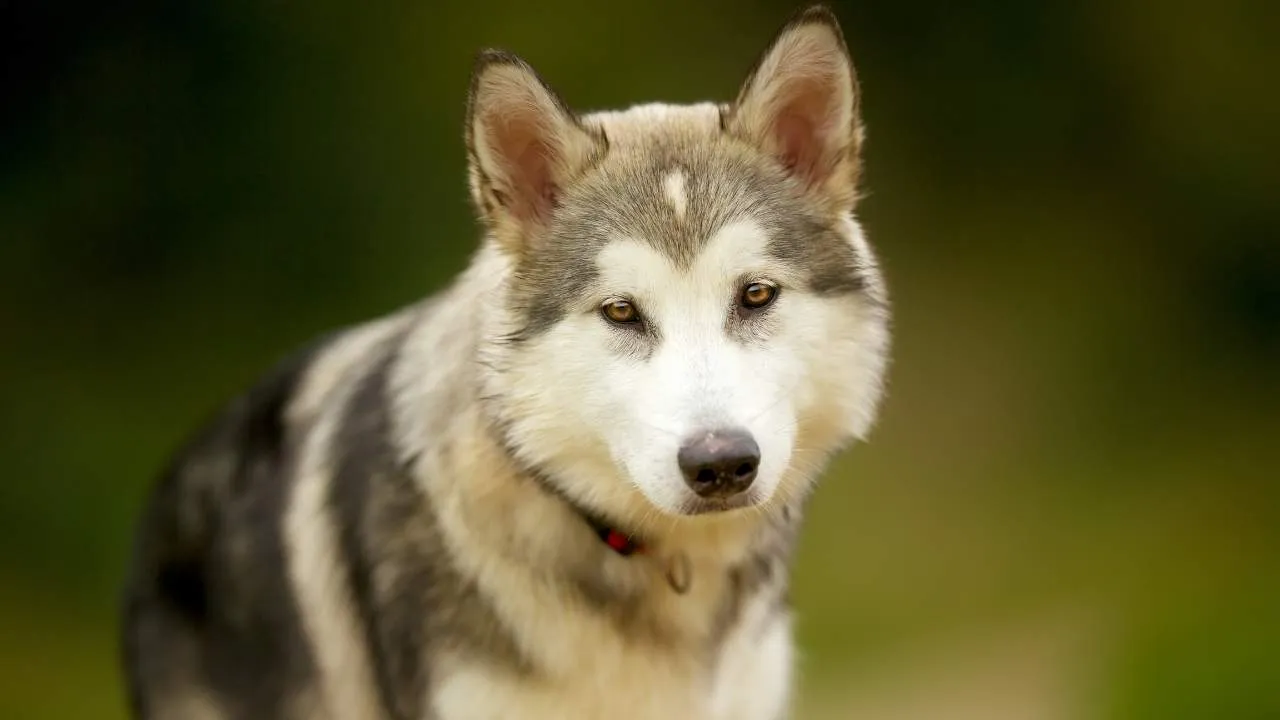
Think of the Alaskan Malamute as the friendly, fluffy cousin of the wolf who traded pack hunting for family cuddles—although they’ll still pull a sled faster than you can say “let it snow.”
Alaskan Malamutes are large dogs, standing 23 to 25 inches tall at the shoulder and weighing between 75 and 85 pounds. Their sturdy bones, broad chest, and strong shoulders give them impressive strength.
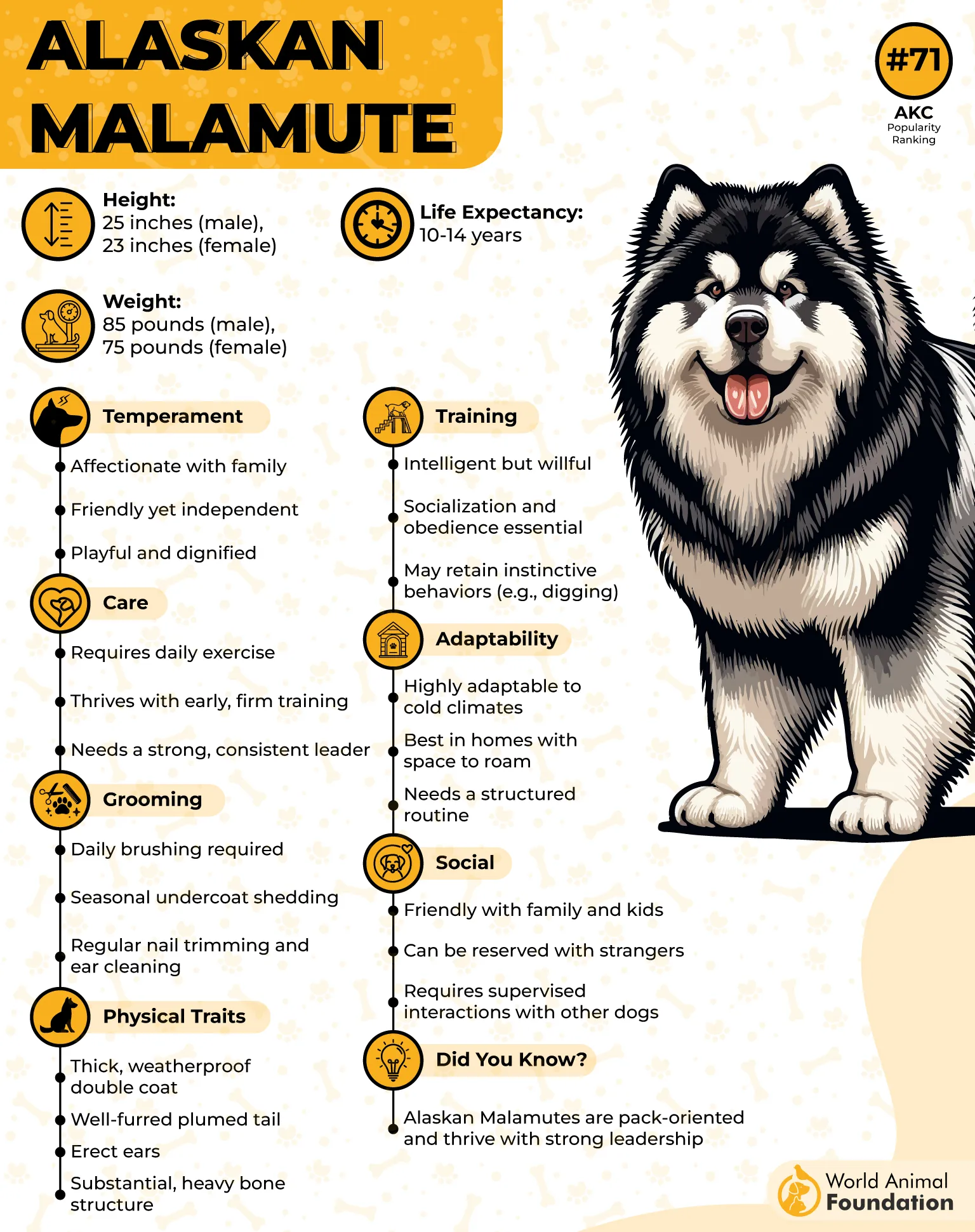
These Arctic snow dogs boast a thick, plush coat and that striking resemblance to the wolf, complete with expressive almond-shaped eyes that say, “I could haul a sled, but I’d rather chase my tail.” Malamutes were bred to haul heavy freight across icy tundras, a job that required both immense strength and endurance.
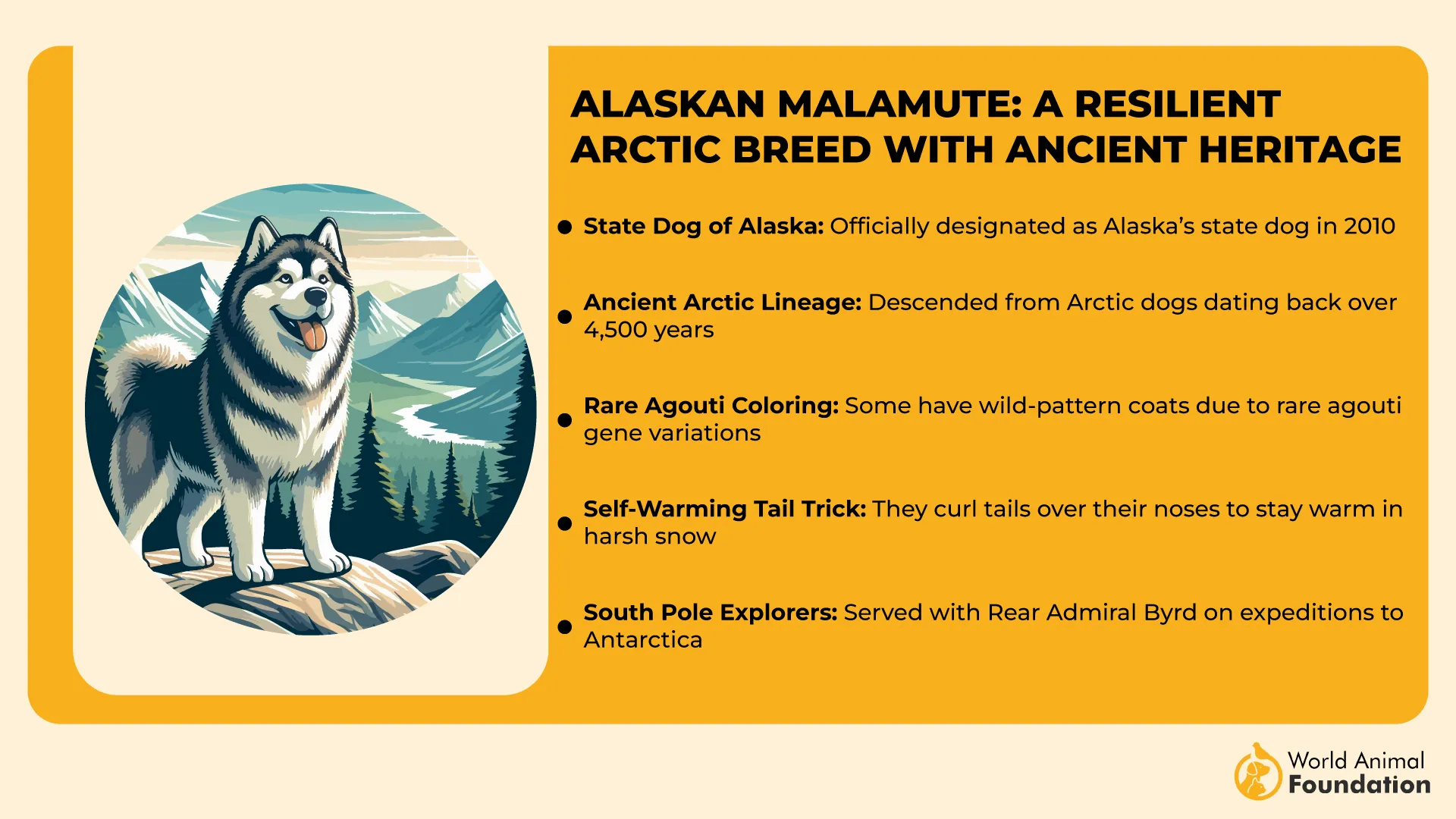
Today’s Malamutes bring that same sled-pulling spirit to family life: they’re affectionate, playful, and love big outdoor adventures—especially if it involves snow or a readable mountain trail.
As per WebMD, Malamutes have a legacy of hard work and remarkable stamina. Because of this, they stay very active regardless of the climate and need plenty of exercise.
Exercise Needs: High—Malamutes need at least an hour (preferably more) of vigorous exercise like hiking, running, or pulling something “heavy” (a kiddie sled works wonders).
Training: These brainy, independent thinkers can test your resolve. Consistent training with gentle leadership and lots of mental games is key—remember, a happy Malamute is a stimulated one.
Vibe: A loyal, tail-wagging powerhouse that begs for fun, cold-weather spelunking, and unlimited ear scratches, all wrapped in a wolf-like package.
4. Siberian Husky
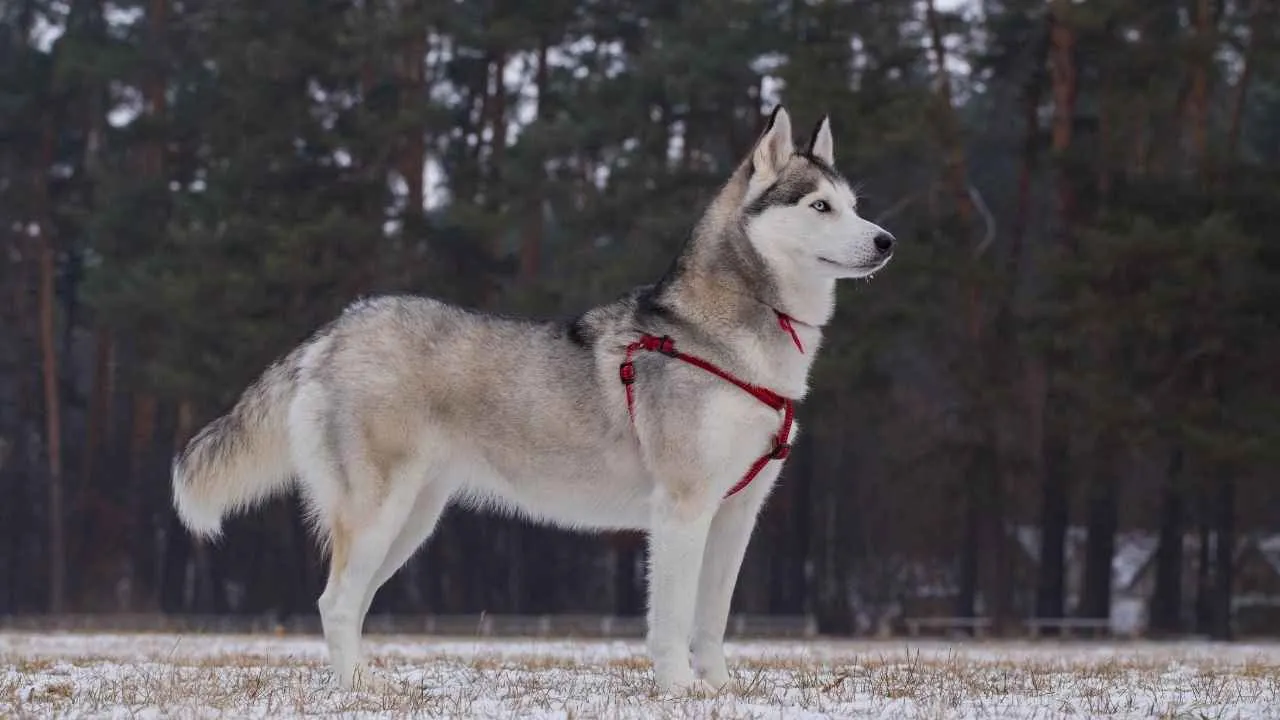
Siberian Huskies are basically the rock stars of the wolf-lookalike world. With their piercing blue or multicolored eyes, thick double coat, and that unmistakable wolfish face, they’re like the supermodel sled dogs straight from the Siberian tundra.
Originally bred by the Chukchi people to pull sleds over frozen landscapes, Huskies are endurance athletes with a heart of gold.
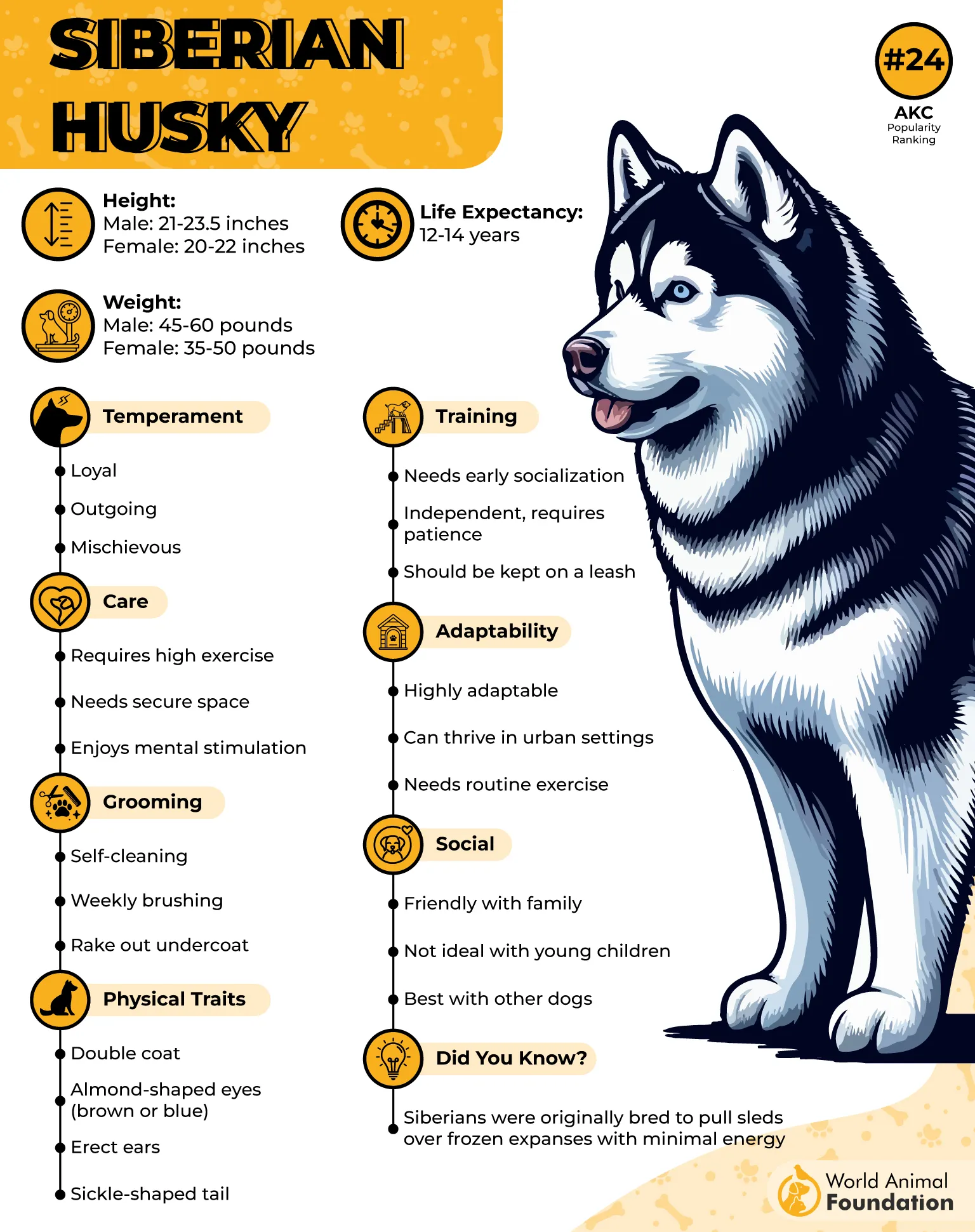
They’re friendly, social, and love being part of a pack — whether that’s other dogs or their human family. But heads up: Huskies have a mind of their own and a mischievous streak, so keeping them entertained and exercised is key unless you want your shoes to mysteriously vanish.
Exercise Needs: These energetic adventurers need at least an hour (often more) of vigorous exercise daily — running, hiking, or chasing the wind, ideally.
Training: Smart and independent, Huskies respond best to positive reinforcement and consistent leadership, though they might test your patience with their Houdini-level escape skills.
Vibe: Friendly, free-spirited, and full of energy — your loyal, wolfish sidekick who’s ready for every adventure, but definitely not a lap dog.
5. Chow Chow
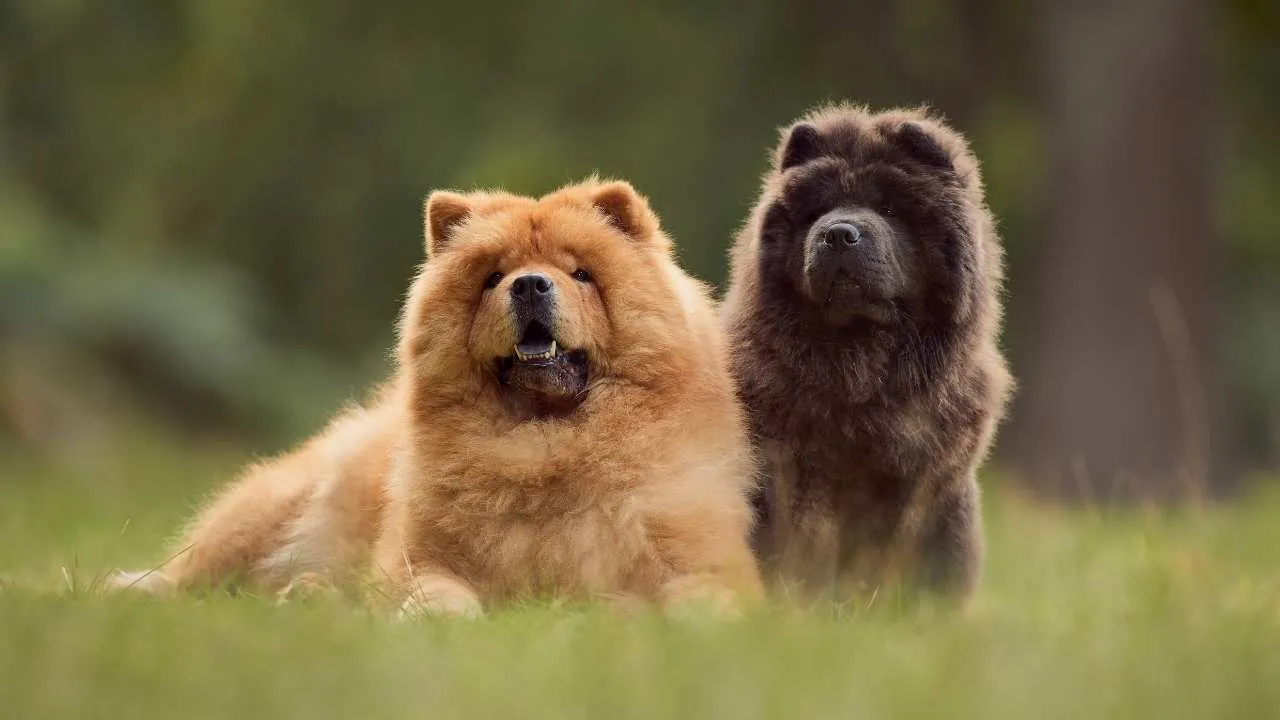
The Chow Chow might not scream “wolf lookalike” at first glance, but genetically, it’s one of the closest living cousins to the gray wolf, which is pretty wild for a dog that looks like a fluffy lion with a blue-black tongue!
Chow Chows are medium-sized dogs, typically standing about 17 to 20 inches tall at the shoulder. They usually weigh between 45 and 70 pounds, with males generally being larger than females.
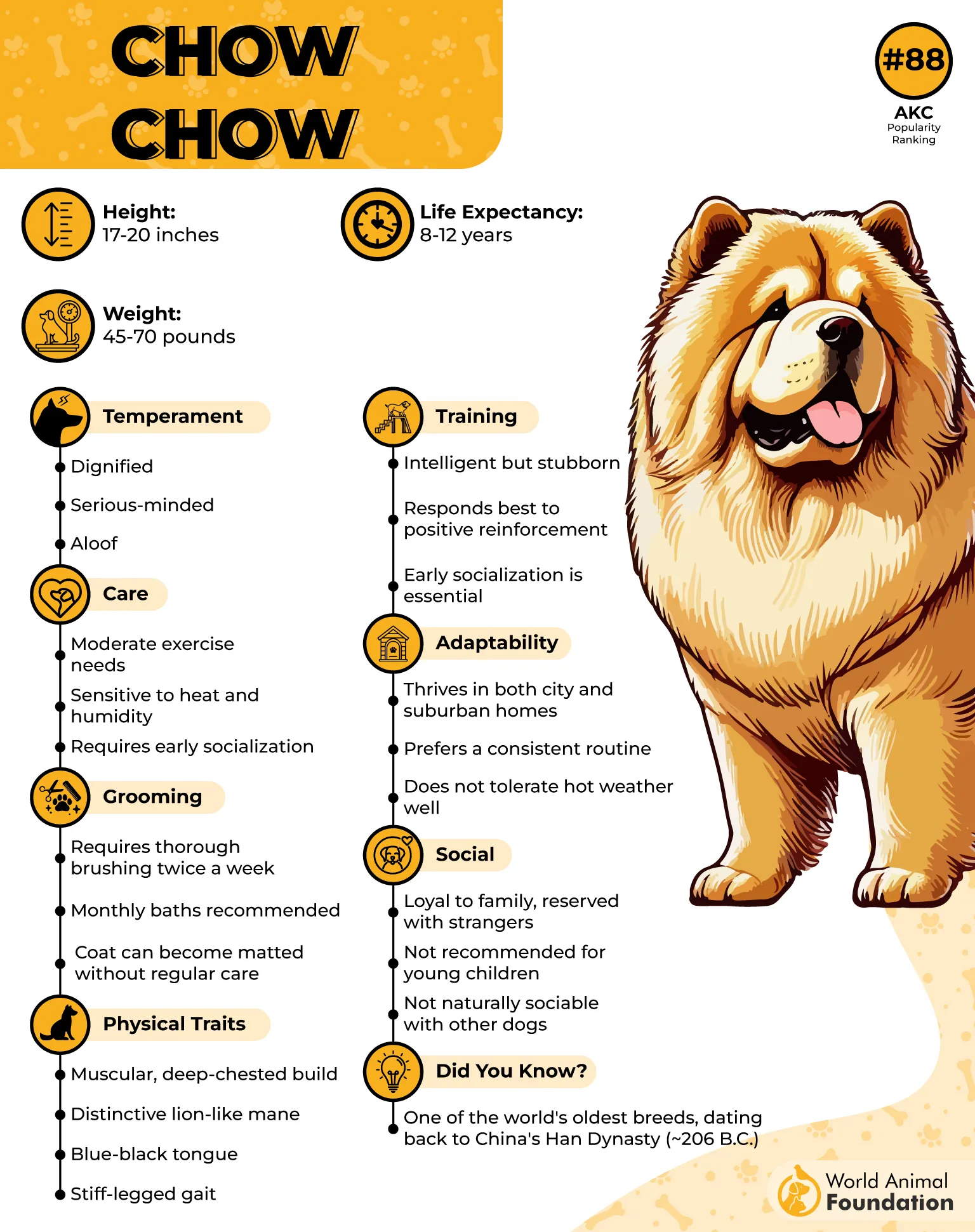
This ancient breed is famous for its dignified, somewhat aloof personality and regal lion’s mane that demands respect. Chow Chows are loyal to their family but can be standoffish with strangers and even suspicious of other dogs, so socialization and training from early on are essential.
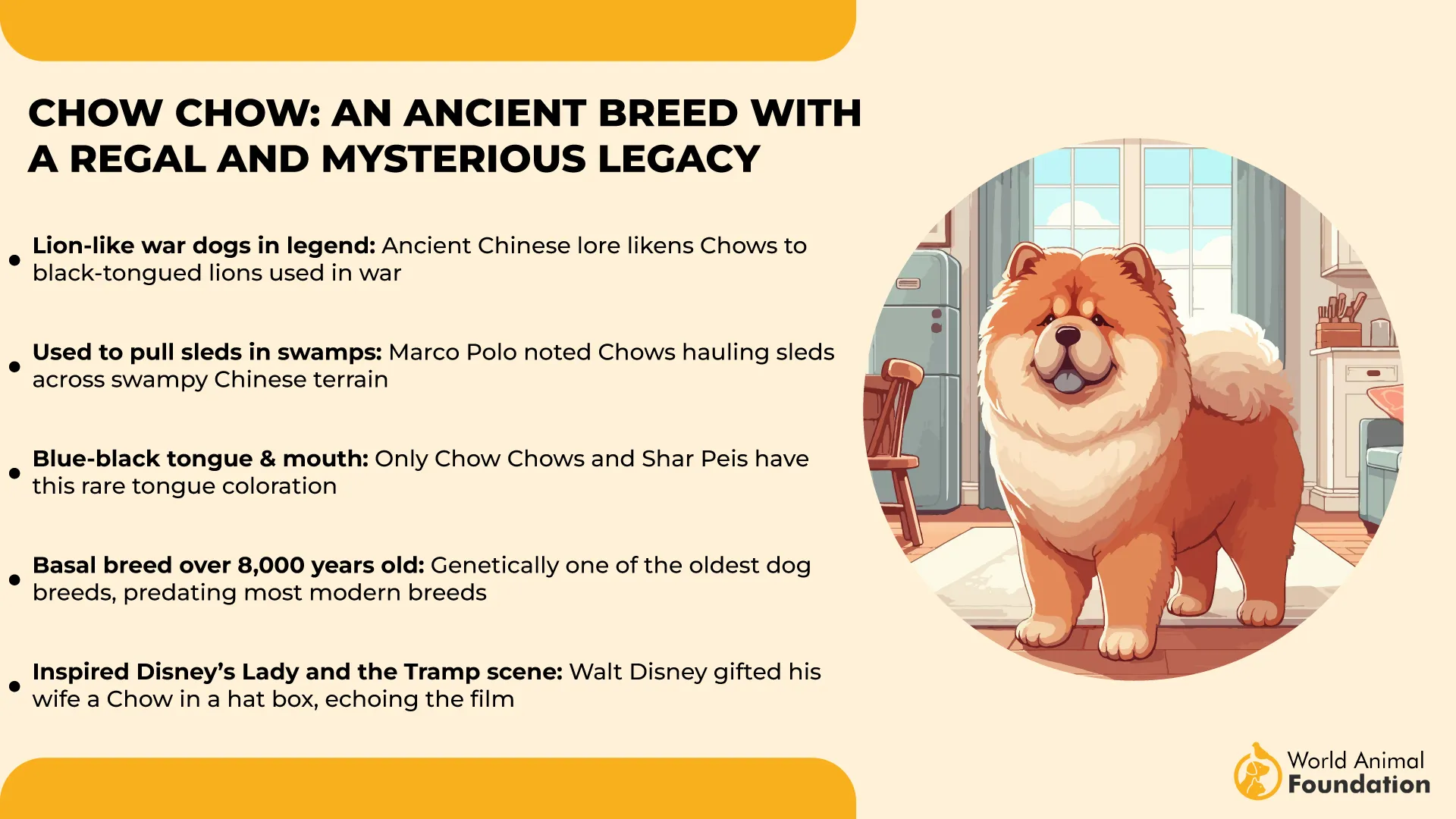
Exercise Needs: Moderate — about an hour a day of light activity like slow walks or chill yard time. No marathon runs required.
Training: These independent thinkers need firm, consistent guidance and early socialization to prevent bossy or aggressive tendencies.
Not the most playful or energetic, Chow Chows enjoy a stroll or yard wander but prefer quiet, calm environments. Don’t expect nonstop affection—they show love in their own subtle, sometimes hilarious ways (like commandeering your feet as their throne).
According to Britannica, it is an excellent watchdog and even a fairly good protection dog. It does not bark excessively.
Vibe: The aloof aristocrat of dog breeds — low-key, loyal, and occasionally funny in their quirky, quiet way. Perfect if you want a calm watchdog with a majestic presence.
6. Shar Pei
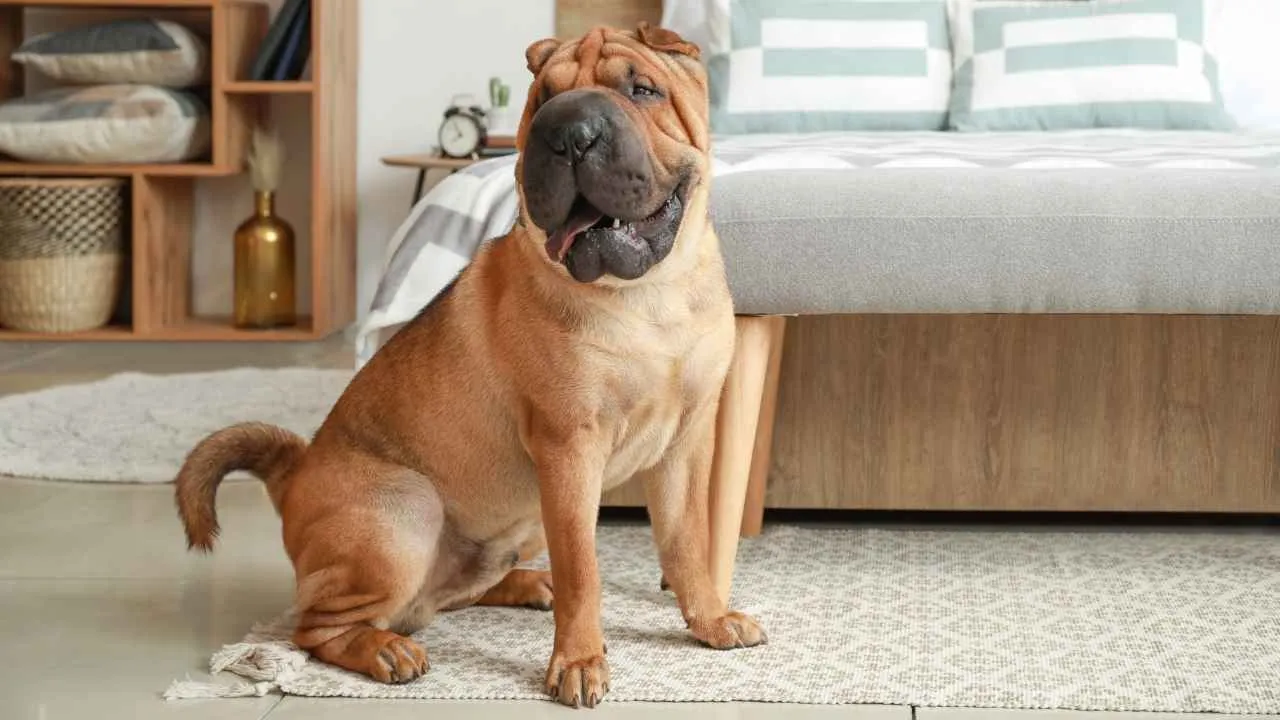
The Shar Pei is like that mysterious cousin who always shows up looking cool with their signature wrinkled skin and hip “hippopotamus” face — seriously, those wrinkles are their trademark!
Originating from China, Chinese farmers bred Shar-Peis to guard and herd livestock. By the 1900s, they were also used for hunting boar and protecting homes. This breed was once a prized guard dog and hunter, known for its courage and loyalty.
Today, Shar-Peis make loyal companions but like all breeds, they require consistent training to develop good behavior around strangers, other animals, and children.
Shar-Peis are a medium-sized breed, typically weighing between 45 and 60 pounds and standing about 18 to 20 inches tall at the shoulder. Shar Peis are calm, independent, and sometimes a bit stubborn, but they form incredibly strong bonds with their families.
Exercise Needs: Moderate — about 30 to 60 minutes of daily walking and some playtime is enough to keep their wrinkles looking good and their minds sharp.
They’re not the biggest fans of strangers, so early socialization is a must to keep them well-rounded. Their low-energy attitude makes them perfect for owners who want a dignified companion that’s happy to chill but will step up when duty calls.
Training: Shar Peis respond best to patient, consistent training with gentle leadership — they’ll respect you when you earn it, but no bossiness allowed!
Vibe: The wise, stoic guardian who’s a little bit grumpy but a whole lot loyal — think of a furry little philosopher who naps hard and loves harder.
7. Tamaskan Dog
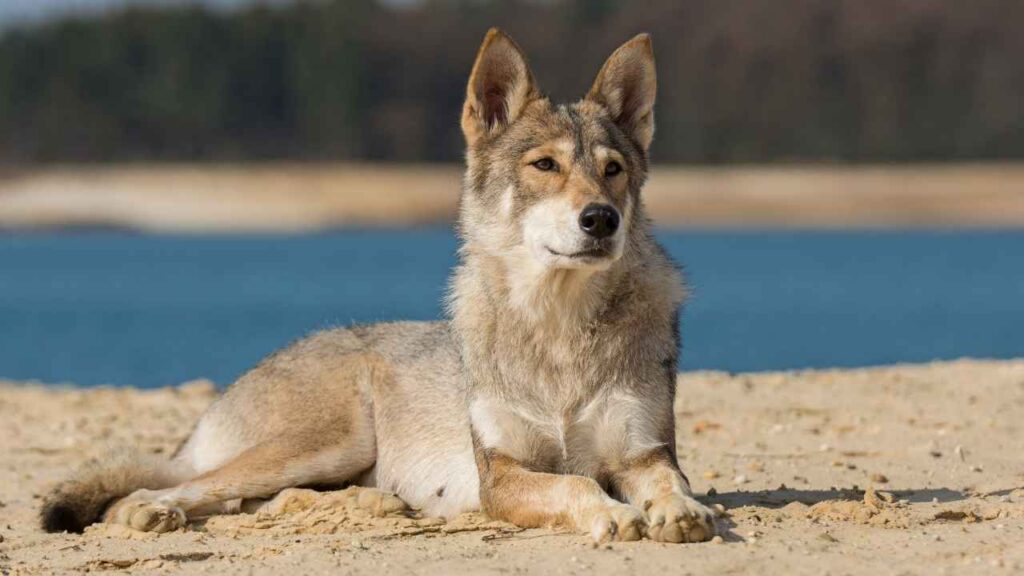
If you’re dreaming of a wolf-dog but want something a bit more “dog” and less “wild wilderness,” meet the Tamaskan. This handsome breed was intentionally bred to look like a wolf but with the friendly, trainable temperament of a domestic dog — basically, wolf cosplay done right.
Originating in Finland, Tamaskans are big, athletic, and full of energy, perfect for active families who love outdoor adventures. While their exact origins are unclear, they are primarily a mix of Arctic breeds including Alaskan Husky, Alaskan Malamute, Canadian Eskimo Dog, German Shepherd, Labrador Husky, and Siberian Husky.
Tamaskan dogs have a wolf-like appearance, featuring a straight, bushy tail and a thick double coat that comes in three primary colors: wolf gray, red gray, and black gray. Each guard hair is agouti-banded along its length. Their almond-shaped eyes vary in color from yellow to amber to brown, with lighter shades being quite rare. Blue eyes and mismatched eyes are not accepted in the breed standard.
They’re intelligent, eager to please, and get along well with kids and other pets, but beware — their high energy means they’re not couch potatoes. Without enough exercise and mental stimulation, these “wolves in dog’s clothing” might get into some mischief.
Exercise Needs: High — at least an hour (often more) of daily vigorous exercise like running, hiking, or agility training is essential.
Training: Smart and eager, Tamaskans thrive with positive, consistent training and plenty of mental challenges to keep boredom at bay.
Vibe: The friendly wolf lookalike who’s all about family fun and adventure — big-hearted, loyal, and always ready to explore.
Conclusion
Dog breeds closely related to wolves—like the Afghan Hound, Lhasa Apso, and Shih Tzu—are among the oldest dog breeds, tracing back to proto-dogs and prehistoric wolf species. Though modern dog breeds vary widely, some retain many wolf-like characteristics in physical appearance, genetic makeup, and behavior, such as being pack animals. Through selective breeding and crossing German Shepherds, some breeds like the wolf hybrid maintain the most wolf DNA.
While breeds such as the Shih Tzu, from ancient China, may be unlike wolves in temperament, others still resemble wolves and their wild counterparts, like Carpathian wolves and wild ancestors. Despite the close genetic relationship between dogs and wolves, today’s purebred dogs—even those with wolf ancestry—are loving, excellent family companions and canine pals. With thick fur, loyalty, and strong instincts, these breeds show that even domesticated dogs can carry the legacy of their wild wolf heritage and make excellent family dogs.


